The Geryk Analysis
|
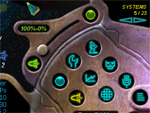 |
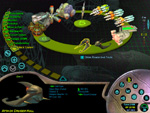 |
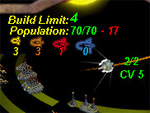 |
Here is a quiz for you. Below is a paragraph from the Reach for the Stars manual.
The Arimechs are highly intelligent creatures possessing only crude tentacles with which to manipulate their environment. By trading ideas with other species they have acquired the necessary technology to conquer their surroundings and venture into space. Almost never seen outside a protective exoskeleton, the Arimechs can live almost anywhere, simply creating the appropriate travel suit for any environment. Everything about Arimechs is flexible: ship design, technology, and diplomacy. They are the greatest traders in the galaxy. They prefer peace but understand war and have no qualms about prosecuting it vigorously.
Without looking back at the text, what do the Arimechs use to grab onto things? I had to first read that paragraph and then type it in and then check to make sure I didn’t screw it up when I typed it, and I don’t remember, either. That’s ok, though, because it’s completely fucking irrelevant. Here is something that is not irrelevant: in Master of Orion, the Klackons are big ants. Why? Because ants are good workers, and Klackons get production bonuses. Notice how I remember that, yet I didn’t just type in a big paragraph about it.
 |
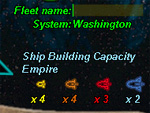 |
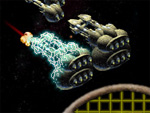 |
I saw Wall Street way back when it was in theaters, so I’ve had over a decade to assimilate the now well-known axiom that greed is good. Therefore, when somebody presents me with a well-dressed man by the name of “Morgan” and informs me that he’s very rich, I can pretty much write my own backstory right there. This backstory then serves as a mnemonic device to make sense out of all the subsequent arbitrary game devices that Reach for the Stars has somehow transformed into Arimech tentacles. I know a planned economy is bad because it’s not much of a leap from Hitler or Milosevic to rounding people up and dumping them in mass graves, so when I need to choose an economy for J.P. Morgan’s team, I know right away that “planned” probably wouldn’t work. For role-playing reasons. And guess what? It’s prohibited by the game rules! I could probably sit down right now with only the Critique of Pure Reason and the dungeon master’s guide from some space role-playing game and figure out the rest of the game’s rules just from the leader portraits. By way of contrast, just now I read the planet suitability characteristics for one of the space races in Reach for the Stars, and not only can I not remember what they were, but I’ve already forgotten what the name of the race was.